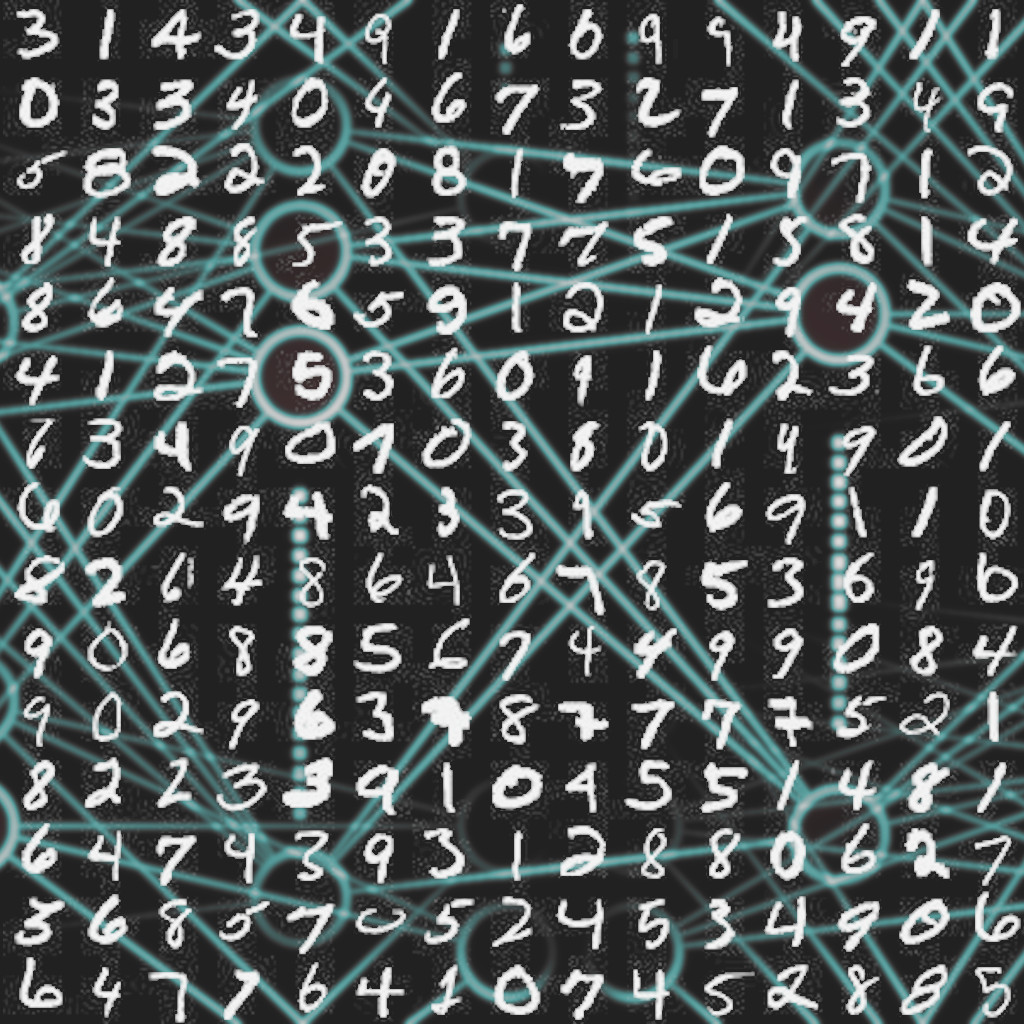Classifying the Fashion-MNIST dataset…
First the overall goal should be mentioned… the aim create a model that will classify small images of clothing items. That is, by learning patterns from a set of 60,000 labelled training images, it is possible to predict the category from 10,000 unseen images. The MNIST dataset is good as an introductory dataset, however there are some …
Predicting Handwritten Numbers with the MNIST dataset and TensorFlow.js…
Using an already trained network from a previous project, it is possible to make a tool that predicts what the value of number actually is from a primitive sketch of it. The overall tool is a small web app consisting of few different elements, namely: A pretrained convolutional neural network (CNN) based on the MNIST …
Using Convolutional Neural Networks with the MNIST Image Set…
Previously the MNIST dataset was used in the examination of different classification techniques. This includes a variety of machine learning algorithms (including random forests, logistic regression, and xgboost), and simple neural networks. This time around, a few convolutional neural networks will be used to conclude the experiments with MNIST classifiers. Convolutional neural networks (or CNNs) …
MNIST Image Set with a Simple Neural Network…
Recently the MNIST image set was examined with some popular machine learning algorithms (including logistic regression, random forests, and xgBoost). This time a simple neural network is used to perform the classification. There is quite a bit of information about neural networks out there already, so the background information is being largely omitted. The key …
MNIST Image Set with Simple Machine Learning models…
This project is more of a ‘Hello World’ type of project in the world of machine learning and image processing. The MNIST dataset is a set of 70,000 images (that is 60,000 for training and 10,000 for testing) of handwritten digits of from 0 to 9. The MNIST images is perhaps one of the better …




